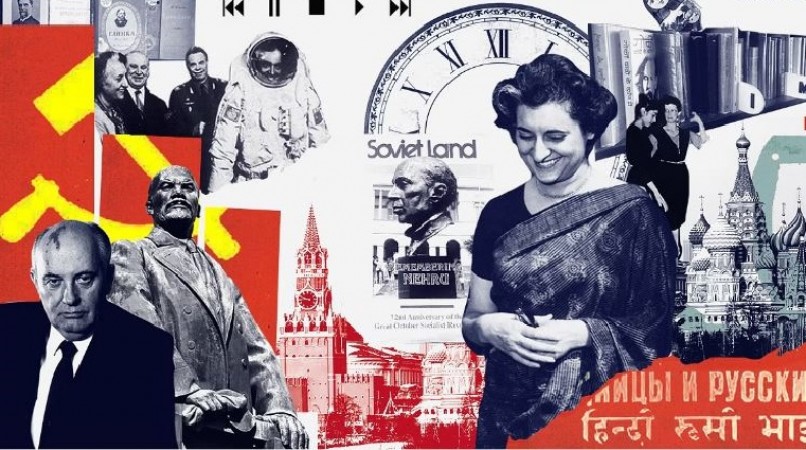
THIS DAY IN HISTORY: On August 9, 1971, a historic moment unfolded in the realm of international relations as India and the Union of Soviet Socialist Republics (U.S.S.R) cemented their commitment to peace, friendship, and cooperation through a momentous twenty-year treaty. This agreement not only marked a significant milestone in diplomatic history but also established a strong and enduring bond between two nations that would have far-reaching implications for global geopolitics.
The Context: The early 1970s were a time of great geopolitical turbulence, with the Cold War rivalry between the United States and the Soviet Union casting its shadow across the world. Against this backdrop, India found itself navigating a complex web of international relations while dealing with domestic challenges. The region was grappling with political and economic instability, and the impending crisis in East Pakistan (now Bangladesh) further escalated tensions.
The Treaty: The signing of the Treaty of Peace, Friendship, and Cooperation between India and the U.S.S.R came as a pivotal moment during these challenging times. The treaty was the result of a shared vision for mutual cooperation, bolstered by a longstanding history of amicable relations between the two nations. This accord aimed to strengthen ties not only at the political and diplomatic levels but also in the fields of trade, technology, and culture.
Key Provisions: Mutual Assistance: The treaty emphasized mutual assistance and cooperation in the face of external aggression. It highlighted the commitment of both nations to provide support to each other in times of need, which contributed to regional stability.
Economic Collaboration: Recognizing the potential for economic collaboration, the treaty encouraged trade, economic exchange, and joint ventures between India and the U.S.S.R. This cooperation played a pivotal role in India's industrialization and technological advancement.
Cultural Exchange: The treaty also emphasized cultural exchange and collaboration in fields such as education, science, and the arts. This aspect of the agreement helped foster people-to-people connections and understanding between the two nations.
Non-Alignment and World Peace: The treaty underscored both nations' commitment to the principles of non-alignment, which allowed them to maintain a stance independent of the superpower rivalry while advocating for global peace and stability.
Legacy and Impact: The India-U.S.S.R treaty had a profound impact on the global stage. It significantly reshaped India's foreign policy landscape, providing a reliable partner and counterbalance to the Western bloc during a critical period. The treaty also showcased the U.S.S.R's role as a key player in international diplomacy, further solidifying its position as a superpower.
As the years unfolded, this treaty became a cornerstone of Indian foreign policy, serving as a model for pursuing strategic autonomy while building strong alliances. The relationship between India and the U.S.S.R extended beyond the treaty's timeframe, with the two nations continuing to collaborate even after the dissolution of the Soviet Union in 1991.
The signing of the twenty-year Treaty of Peace, Friendship, and Cooperation between India and the U.S.S.R on August 9, 1971, remains a testament to the power of diplomatic engagement, mutual respect, and shared values. This pact not only strengthened the bond between two diverse nations but also showcased the potential for meaningful collaboration in an increasingly complex world. The legacy of this treaty continues to resonate in the ongoing pursuit of peace, friendship, and cooperation on the global stage.